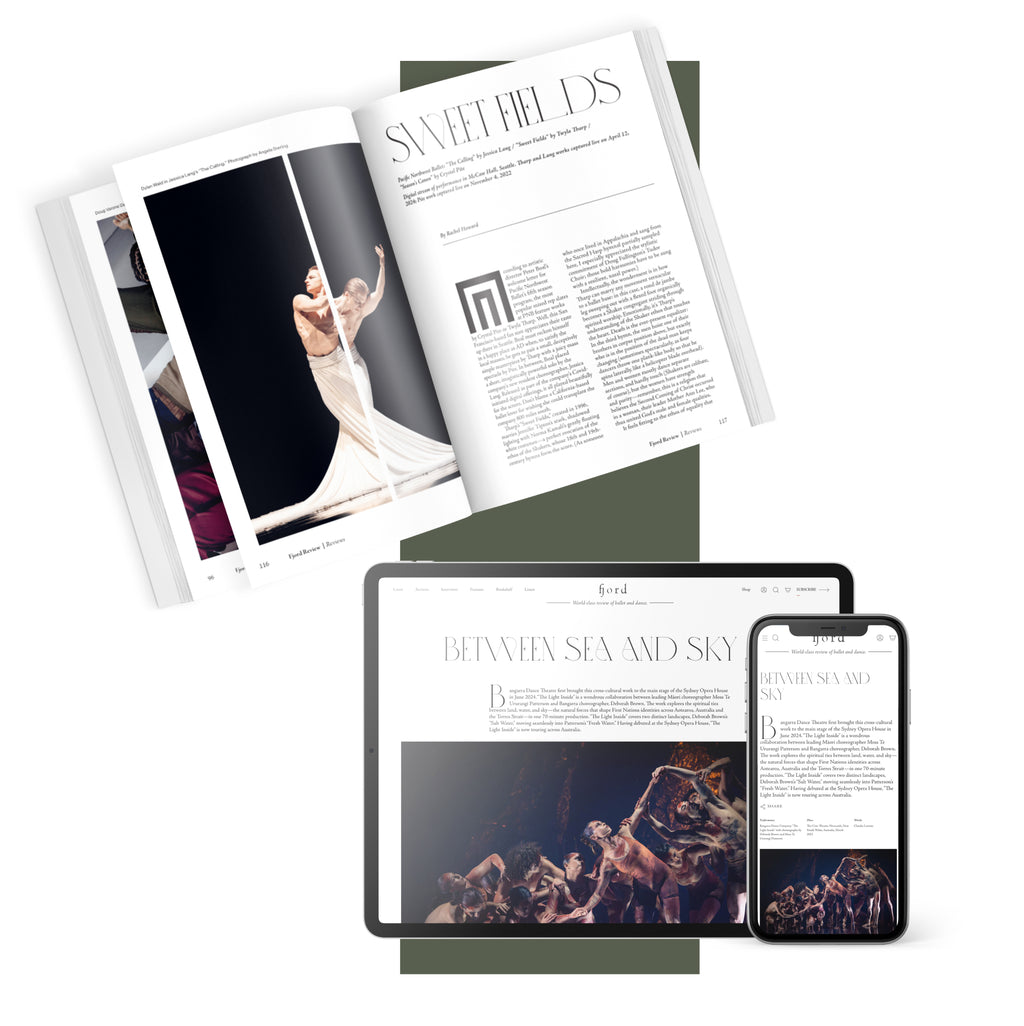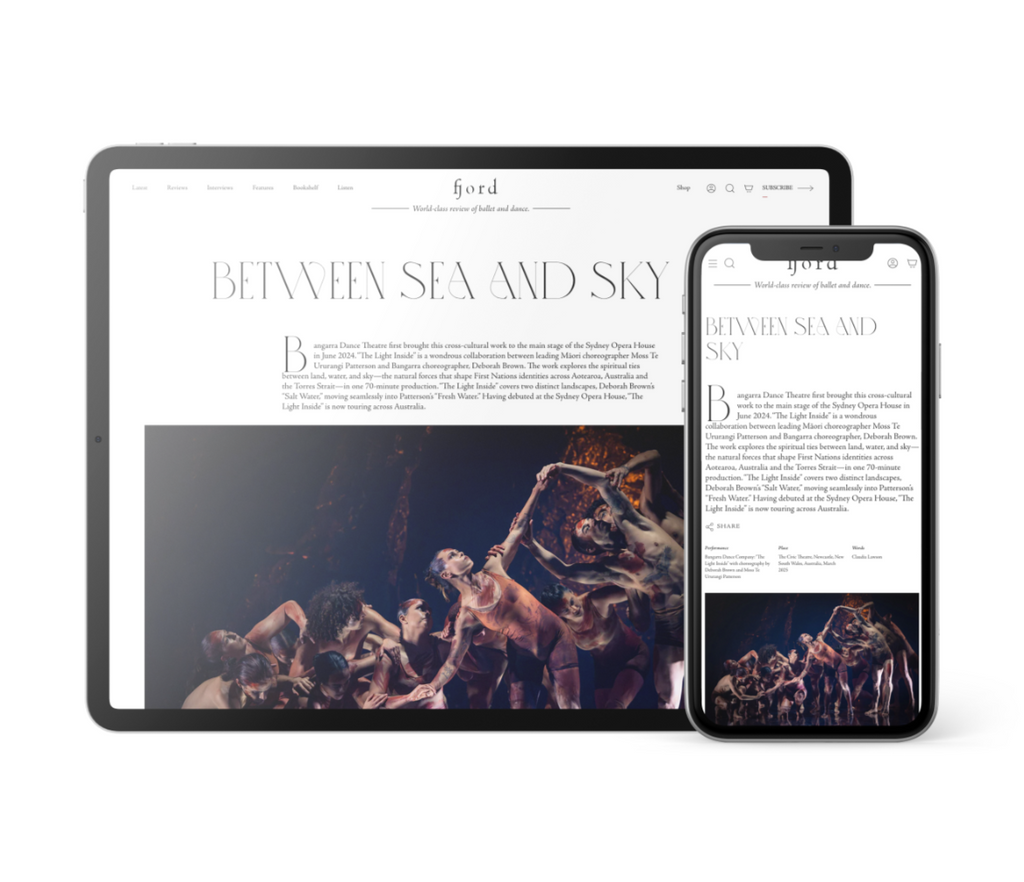Mishima’s Muse
Japan Society’s Yukio Mishima centennial series culminated with “Mishima’s Muse – Noh Theater,” which was actually three programs of traditional noh works that Japanese author Yukio Mishima adapted into modern plays.
Continue Reading
World-class review of ballet and dance.
The BAAND Together Dance Festival was created in 2021 to reintroduce dance to New York City after the pandemic. It provided five troupes (Ballet Hispánico, Alvin Ailey American Dance Theater, American Ballet Theatre, New York City Ballet, and Dance Theatre of Harlem) with some much-needed work and allowed culture-starved New Yorkers to congregate safely. It has evolved quite a bit in its five years. Social distancing is blessedly over, so for the second year in a row, the BAAND shows were held indoors at the David H. Koch Theater instead of outside at the Damrosch Park Bandshell—a change I was grateful for on the stormy summer night I attended. There are also physical programs with full casting and production credits now, instead of various links forcing audience members to play a frustrating game of website hopscotch.
Performance
Place
Words



“Uncommonly intelligent, substantial coverage.”
Your weekly source for world-class dance reviews, interviews, articles, and more.
Already a paid subscriber? Login

Japan Society’s Yukio Mishima centennial series culminated with “Mishima’s Muse – Noh Theater,” which was actually three programs of traditional noh works that Japanese author Yukio Mishima adapted into modern plays.
Continue ReadingThroughout the year, our critics attend hundreds of dance performances, whether onsite, outdoors, or on the proscenium stage, around the world.
Continue ReadingOn December 11th, the Alvin Ailey American Dance Theater presented two premieres and two dances that had premiered just a week prior.
Continue ReadingThe “Contrastes” evening is one of the Paris Opéra Ballet’s increasingly frequent ventures into non-classical choreographic territory.
Continue Reading
comments